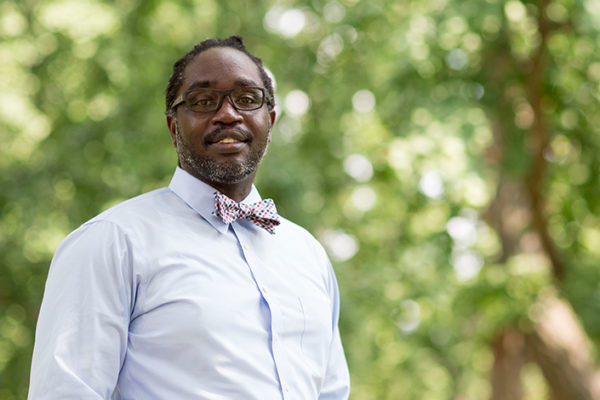While suicide attempts decreased overall among U.S. adolescents between 1991 and 2017, they increased by 73% among black adolescents, finds a new study from the Brown School at Washington University in St. Louis.
“The rise in suicide rates among black youth can most likely be traced back to an internalization of issues around structural racism in America, along with a lack of coping mechanisms and lack of investment in mental health services in black communities,” said Sean Joe, the Benjamin E. Youngdahl Professor of Social Development and nationally recognized authority on suicidal behavior among African Americans.

Joe is co-author of the study, “Trends of Suicidal Behaviors Among High School Students in the United States: 1991–2017,” published in the journal Pediatrics.
“Black youth experience disparities in mental health treatment,” Joe said. “They may not want to face the fact that they have a problem. They may not want to be judged. Another explanation could be that black adolescents view mental health treatment with skepticism because of mistrust of providers.”
The researchers used the nationally representative school-based Youth Risk Behavior Survey to examine suicide trends by different racial and ethnic groups. Participants included 198,540 high school students.
The results suggest that, over time, black youth have experienced an increase in suicide attempts. In comparison, self-reported suicide attempts for white adolescents fell by 7.5% over the same period.
“This is troubling because attempts are the most prominent risk factor associated with suicide death,” Joe said.

For black boys, the study found, a significant increase in injury by attempt occurred, which suggests that black boys may be engaging in increasingly lethal means when attempting suicide.
“Our findings reveal that almost one in five adolescents are thinking about suicide and more than one in 10 has a suicide plan,” Joe said.
Despite increased attention given to the creation of campaigns to reduce youth suicide in the United States over the last decade, the findings suggest that more resources should be put toward such programs.
“The dearth in suicide research has limited our understanding of how to intervene or prevent suicidal behavior among ethnic minority populations,” Joe said. “Greater equity in science is needed to advance career pathways for ethnic minority investigators posing critical question like what we raised in this article.”


